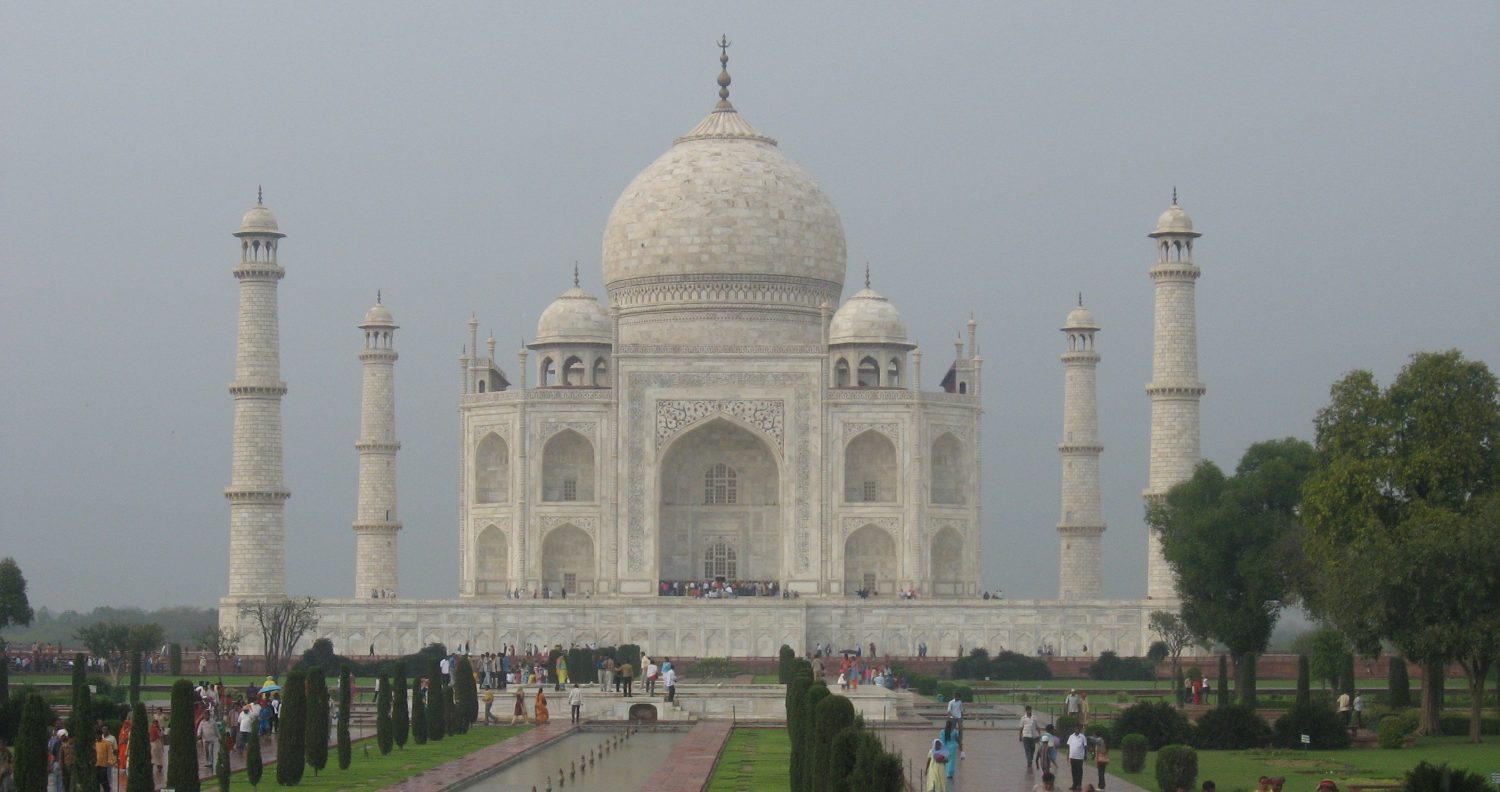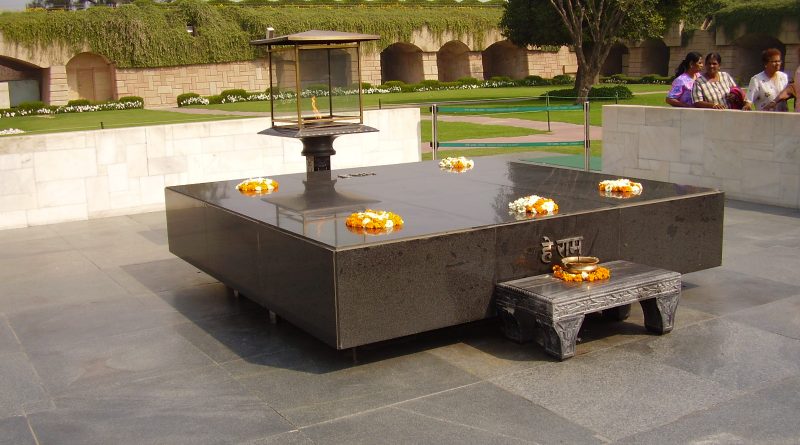Place to not miss of the modern New Delhi, India
Place to not miss of the modern New Delhi, India
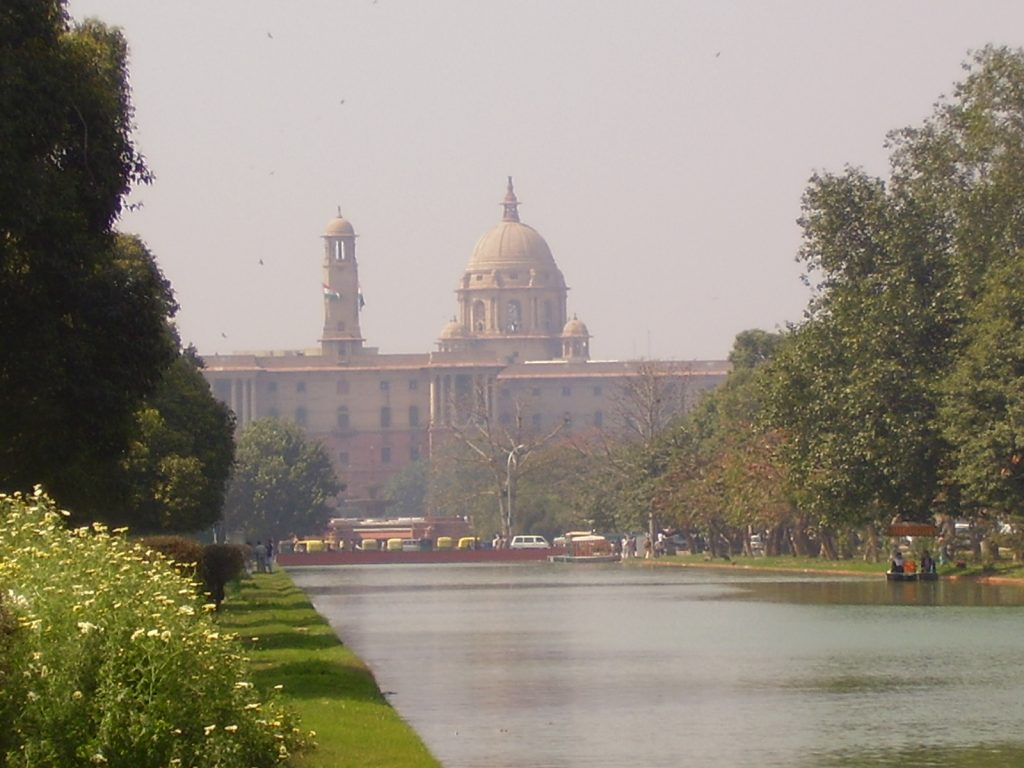
India is a country that grows fast, very fast; keeping the egami with the past, even if recent. This is witnessed by monuments such as the Raj Ghat and the India Gate; places to visit if you have enough time.
The Raj Ghat, in memory of Mahatma Gandhi
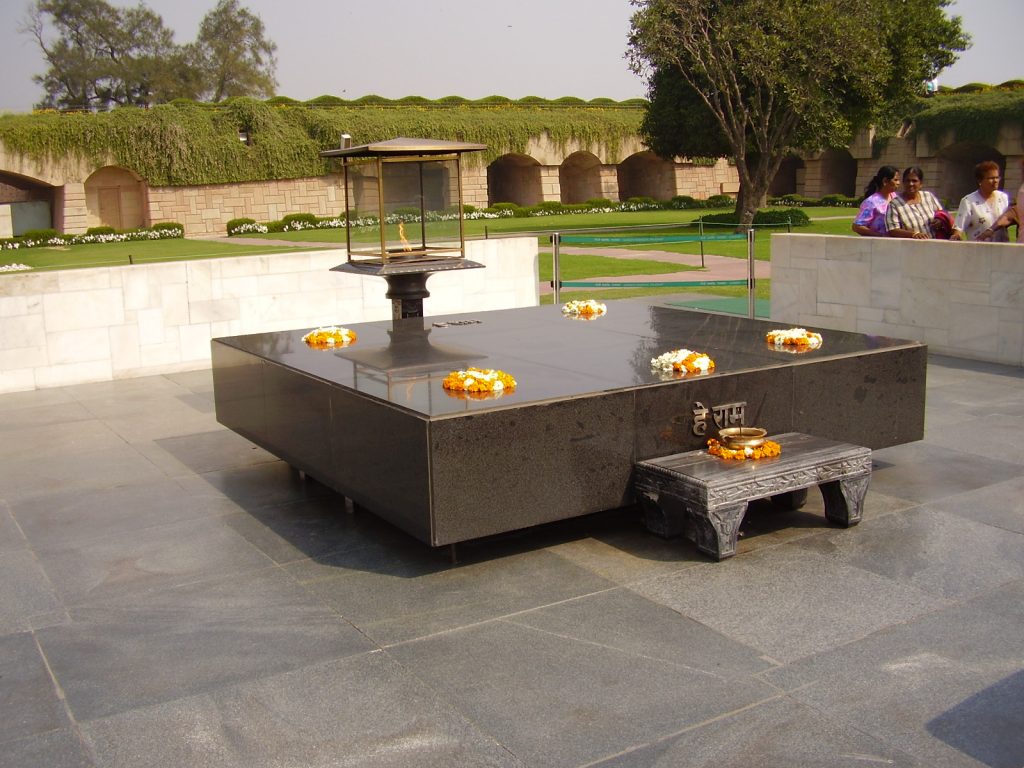
The ashes of Mahatma Gandhi, the man of peace who most of all represents the Indian spirit of a democratic communion, have been scattered in the Ganges and in other great rivers such as the Nile, the Volga and the Thames.
On the place where he was cremated on January 31, 1948, the day after his assassination, a memorial opened to the public. In a small green garden stands a low platfrom of black marble, where the words “Ah rem” (“Oh God”) are carved, the last words uttered by Ghandi before exhaling the last breath.
Next to it there is a black lantern with inside an eternal flame that represents the eternity of Gandhi’s ideas. The memorial with the small zen garden decorated with stone paths is as simple as it is effective in representing and remembering the powerful life that changed the destiny of an entire nation.
Near the memorial is the Museum dedicated to the life of Gandhi, The National Gandhi Museum, where he finds his photos, letters and recordings; documents that also speak of his most intimate life.
The Raj Ghat is located here, in a place of intense traffic, I suggest to have a means of transport that takes you back since the rickshaw are not used to stop.
National Art Gallery
opening hours: 11 a.m – 6.30 pm, closed on Mondays
For lovers of Modern and Contemporary Art, do not miss the National Art Museum, located near the India Gate. The NGMA was inaugurated in 1954, in the Jaipur House, where the Maraja of Jaipur lived, a colonial-style building renovated by the English architect Edwin Lutyens.
The museum keeps more than 17,000 works starting from 1857; the goal of the curators is to preserve and show the most representative Indian contemporary art to the public.
Among the most renowned artists there are sections dedicated to Amrita Sher-Gil, Gaganendranath and Rabindranath Tagore, Shantiniketan, Jamini Roy; as well as the artistic movements of the 60s and 70s, the school of Bengal, the most contemporary currents and photographs.
Personally, while I was at the Italian Institute of Culture in New Delhi, I was struck by the skill of the Museum’s art experts, who were busy organizing events and exhibitions to promote Indian art. Moreover, every work inside the Museum is well presented, with all the relevant written information; not like most of the Museums in Asia!
Not only that, contemporary works are obviously influenced by the millenarian culture of the country, with myriad of divinities, with different traditions and customs for each region. The influence of European artistic movements is thus mixed with tradition with results that are sometimes surreal, others sharp; certainly not indifferent!
Here is the site of the museum, where you can find virtual galleries.
India Gate and the Rashtrapati Bhavan

Near the National Art Museum there is the India Gate, the Triumphal Arch located in the center of a hexagonal square, in perfect Parisian style. The architect Edwin Lutyens is still the architect of the monument, responsible for all the modernization of the city under the British Empire at the beginning of the 20th century.
42 meters high and 9 meters long, erected in sandstone between ocher and red, the Arc de Triomphe was commissioned by the English Prime Minister David Lloyd George and inaugurated in 1931 in memory of all the victims of India during the First World War World, who were more than 80,000.
Under the Arch there is the memorial Amar Jawan Joty, the monument to the unknown soldier, built under the order of Indira Gandhi, in memory of the victims of the Bangladesh Liberation War in 1971. The helmet over the Kalashnikov does not really suit the idea of eternal peace wished for dead soldiers.
Continuing along the area called Rajpat, the huge avenue surrounded by gardens and fountains; the visitor reaches the heart of administrative and governmental India with the palaces of the Government and Indian Parliament. The Rajpat reminds a little of the Champs Eliseé for the structure with which they were designed, especially when it lights up in the evening, with the India Gate in the background.
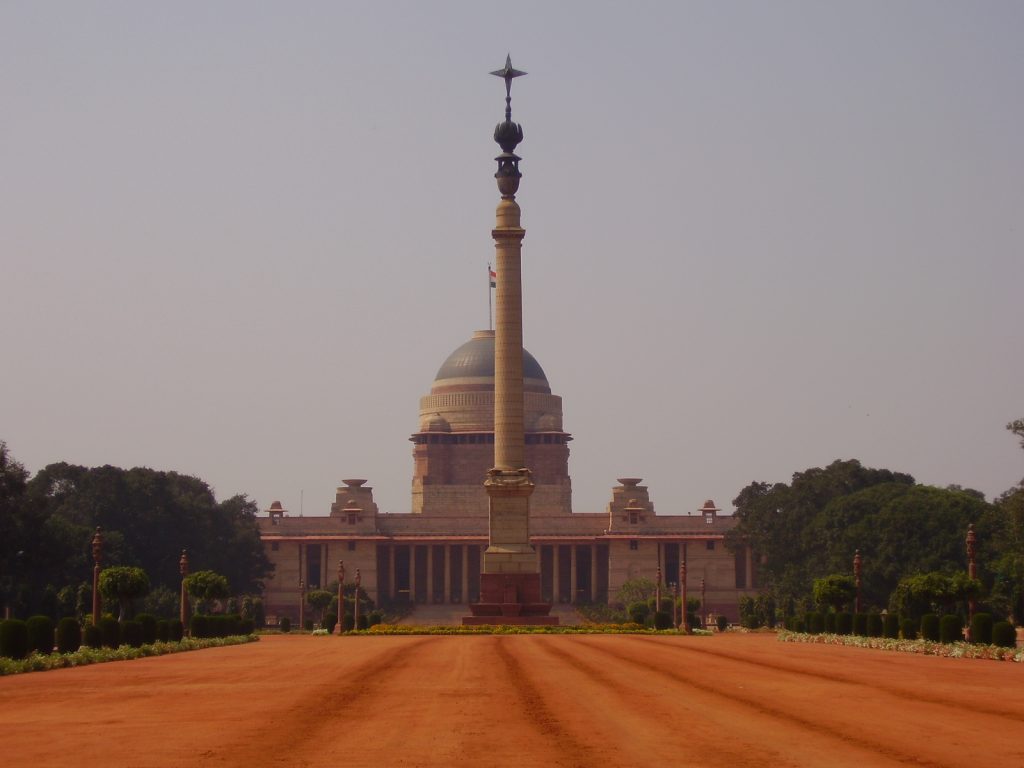
Once in Rasina Hill, from where you can still see the Arc de Triomphe, you find yourself in front of the Palace of the Head of State or Rashtrapati Bhavan where the President of the Republic lives from the beginning of democracy; also there are the various Ministries and Parliament. The Rashtrapati was completed in 1929 and designed by Herbert Baker and Edwin Lutyens. The buildings can not be visited, except for very short periods during the year. The changing of the guard takes place in the morning at 8.30; in winter at 10.30.
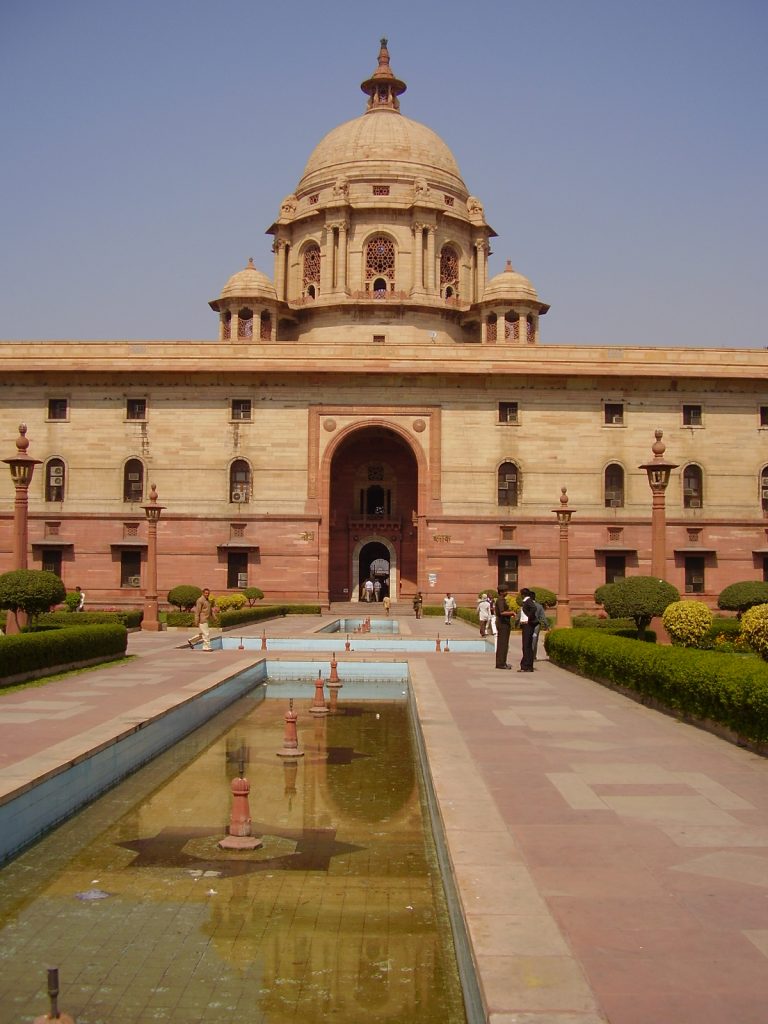
These symbols of Indian democracy were built as a model of the White House in Washington, although the prevailing color is ocher of sandstone; the huge colonnades are very Capitoline style. You will be amazed at the immense number of vintage cars, with which politicians are brought to work by their drivers. No doubt about it, the sense of authority here you can really feel it!
For information on Humayun Tomb, click here.
